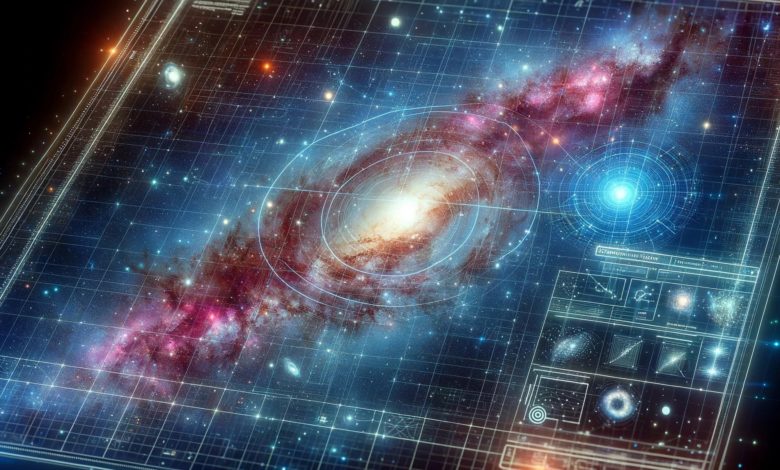
“Astronomy constantly reminds people of two seemingly contradictory things. First the universe is infinite, and we are of but the tiniest fraction of importance. And Second that life is rare and precious. A home as beautiful and unique as Earth does not come often. We must protect it.” — anonymous.
Astronomy stands at the forefront of scientific exploration, continually advancing with groundbreaking technologies designed for space missions that unlock the secrets of the cosmos. As we look to the future, scientists have identified four primary areas that will be the focus of highly funded research over the next decade [1]:
Ground-based astronomy in Optical and Infrared:
The universe serves as our laboratory for studying the heavens. However, our naked eye is blind to the infrared radiation emitted by celestial objects far beyond Earth. Infrared observation is
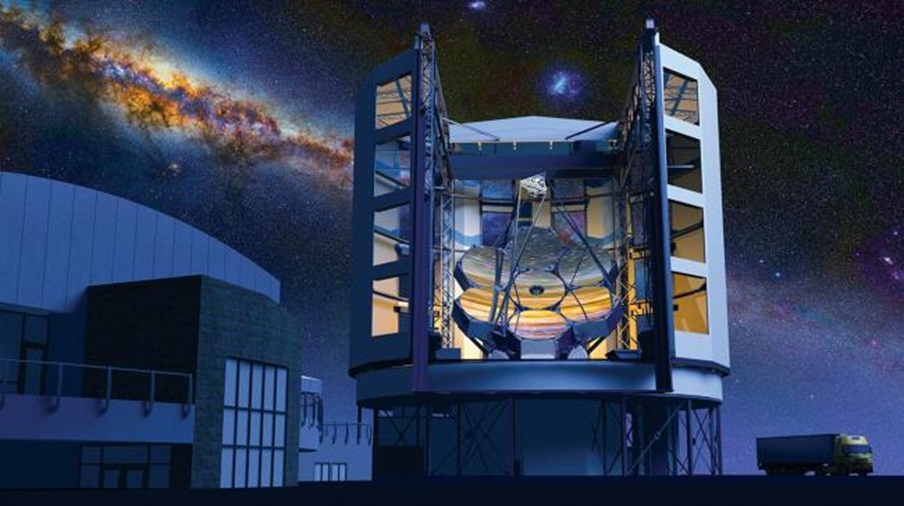
Fig. 1: The artistic depiction of the Giant Magellan Telescope under construction will look like this in the year 2029 [2].
essential for comprehending the formation of galaxies, the dynamics of dust clouds, and other celestial activities that transpired eons ago. Ground-based infrared telescopes can only capture a fraction of these crucial waves due to atmospheric interference. The astronomy community eagerly anticipates the debut of the Giant Magellan Telescope in 2029 in Fig. 1. This instrument promises to unveil a trove of information, from probing exoplanets to detecting atmospheric oxygen on distant worlds. It’s a monumental step towards discovering signs of life beyond our planet.
Wave astronomy in Radio and Submillimetre:
Submillimetre astronomy operates at the cutting edge of wavelengths, offering unique insights into galaxies and the formation of stars within enigmatic gas clouds.
Despite the inherent complexity of instrumentation and the atmospheric opacity in microwave light, this wavelength region holds the key to deciphering distant celestial phenomena.
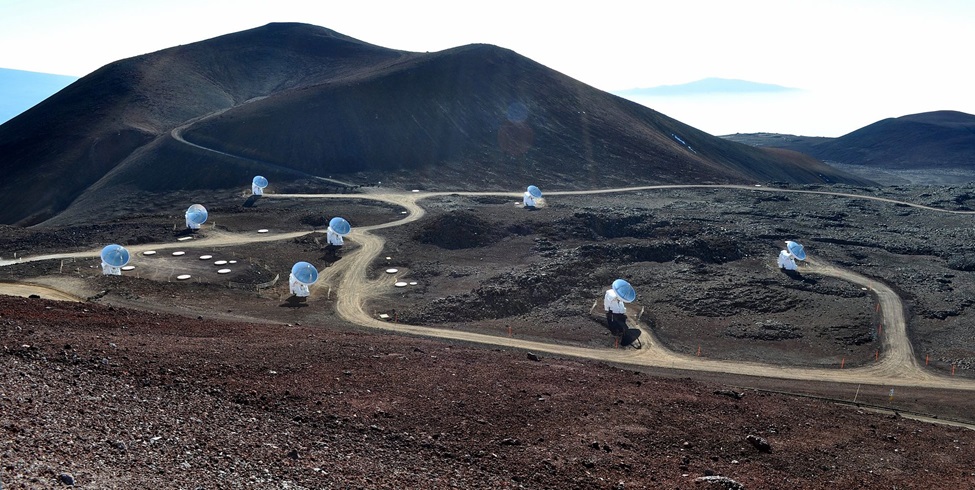
Fig. 2. The Smithsonian Astrophysical Observatory Submillimetre Array, Mauna Key Observatory, Hawaii. Pictured by Afshin Darian.[3]
In the above Fig. 2, the Submillimetre Array (SMA) consists of multiple radio telescopes working together as an interferometer, allowing it to capture detailed images and spectra of objects in the submillimetre portion of the electromagnetic spectrum. This capability is particularly valuable for studying processes like star formation, the structure of molecular clouds, and the properties of dust and gas in galaxies. Researchers at the SMA use these observations to gain insights into the physical and chemical properties of objects in the universe, helping to advance our understanding of astrophysical phenomena.
Solar Astronomy:
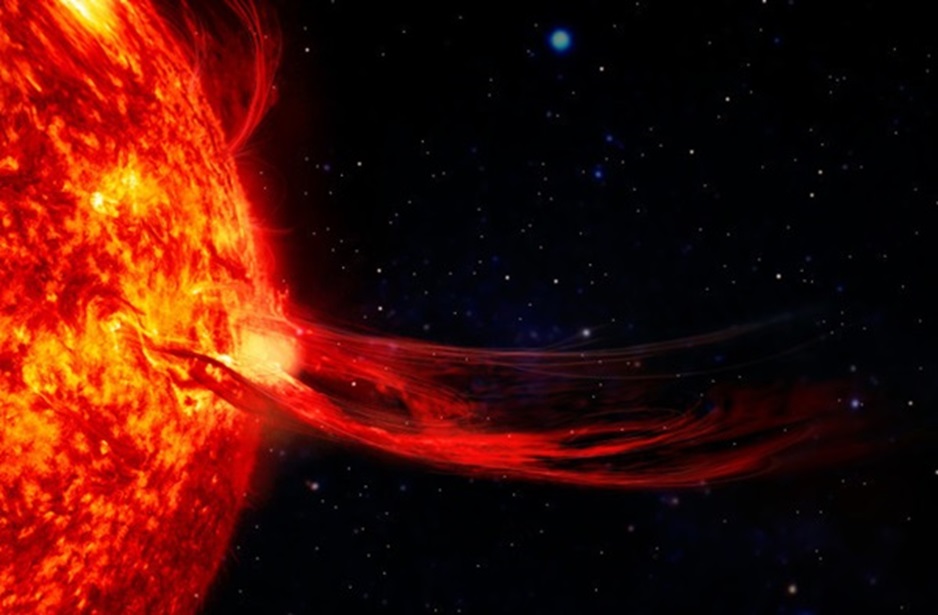
Fig. 3. Sun’s massive solar storm influencing the space weather [3].
The study of our Sun is not merely an academic pursuit; it provides invaluable knowledge about stars in general and their influence on our planet.
Research priorities for the coming decade include monitoring the Sun’s solar cycle, studying solar flares and coronal mass ejections, tracking solar wind, investigating magnetic fields near Earth, and understanding changes in ionospheric particles. These studies are crucial for assessing the impact of solar radiation on Earth’s atmosphere and the boundaries of our solar system within the broader interstellar neighborhood.
Space-based astronomy in Ultraviolet, Optical, and Infrared:
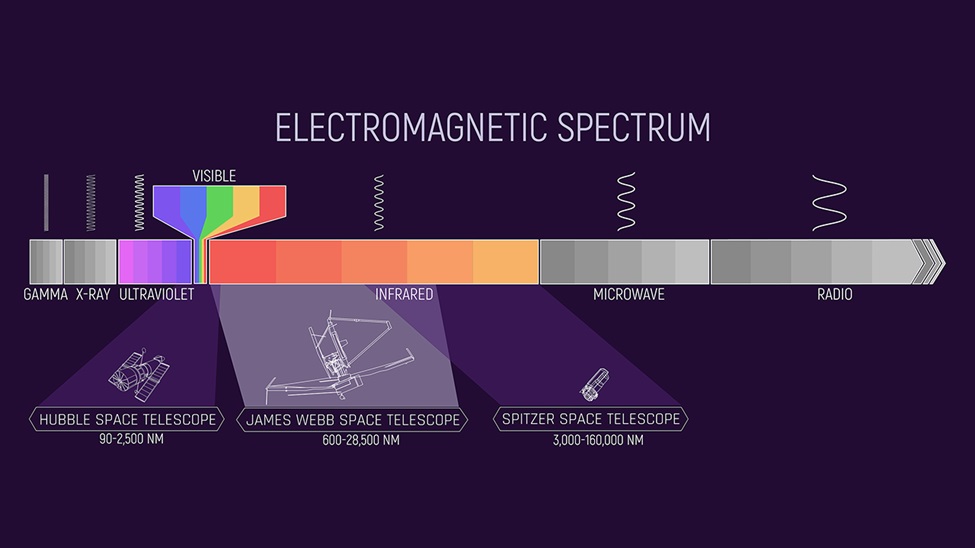
Fig. 3. The electromagnetic wave spectrum and the space-based telescopes [5].
Space-based telescopes grant us access to the full spectrum of electromagnetic waves with short wavelengths, free from the disturbances of Earth’s atmosphere. Ultraviolet, far-infrared, and X-ray observations enable continuous data collection and high-quality imaging.
The launch of the James Webb Space Telescope in 2018 marked a significant milestone. In July 2022, it unveiled its first images, offering a glimpse into stellar nurseries and the birth of stars similar to our Sun, right in our cosmic backyard.
Over the next decade, these space-based instruments are poised to provide definitive insights into the universe’s structure, the formation of galaxies, planets, and stars, and the tantalizing possibility of life beyond our terrestrial realm. These observations will contribute to a comprehensive framework that integrates the knowledge gleaned by astronomers.
As we embark on this thrilling journey into the next decade of astronomical exploration, we are on the cusp of discoveries that will redefine our understanding of the universe and our place within it. The tools and technologies we’ve developed for space missions will continue to unravel the profound mysteries of the cosmos, inspiring awe and wonder in both scientists and the broader community alike.
References:
- National Research Council. 2001. Astronomy and Astrophysics in the New Millennium. Washington, DC: The National Academies Press. https://doi.org/10.17226/9839.
- https://global.si.edu/projects/giant-magellan-telescope
- https://sma1.sma.hawaii.edu/#:~:text=SMA%20Observer%20Center&text=The%20Submillimeter%20Array%20(SMA)%20is,beam%20of%20sub%2Darcsecond%20width.
- https://www.nasa.gov/mission_pages/sunearth/spaceweather/index.html
- https://webbtelescope.org/contents/media/images/4188-Image

